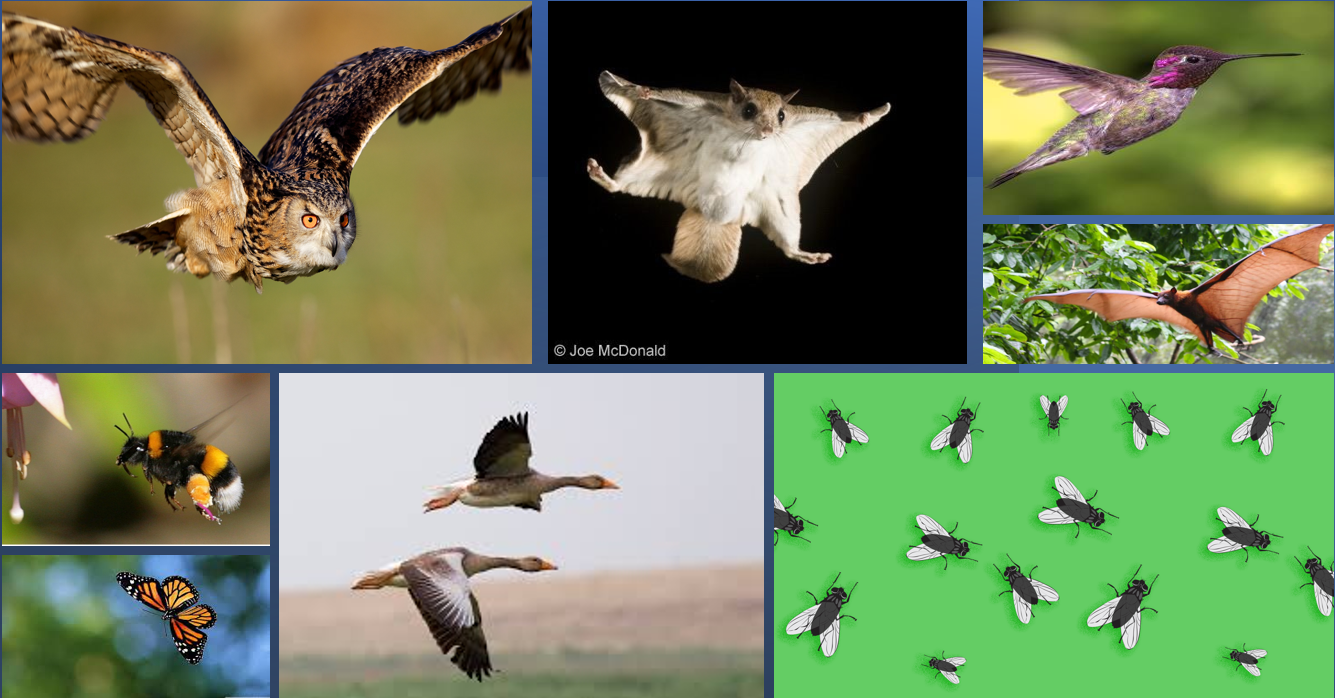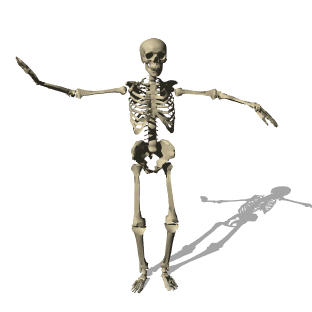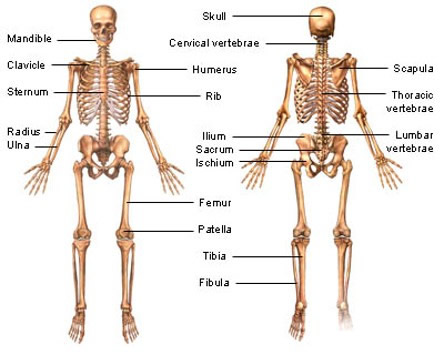Life Science Enhancement - Biology Unit 4
Introduction
Paragraph introducing the unit and making links to previous topics/skills
Content
Scheme of work
B4.1 - Flight
The structure of living creatures has evolved over millenia to suit the environment in which they live. We observe this in the different structures of mammals, birds, fish etc.
Several unrelated (directly) species have independently evolved the ability to fly. In this section we will examine the similarities and differences of some of these.

Activity - The flight project
With your partner, write down as many animals that you can think of that can fly?
- How are these animals adapted for flight?
- What structures do they have that help them to fly?
- What forces are acting on the animal when they fly that they need to adapt to?
Poster/presentation (4 minutes) in small groups (2 lessons)
- Possible animals to choose from:
- common hawker dragonfly
- goliath beetle
- red kite
- white stork
- common pipistrelle
- vampire bat
- - or your choice?
Elements to include in your research/poster/presentation.
- The classification of the animal, size, colour, details on behaviour etc.
- Habitat that the animal lives in - geographic range - climate concerns
- Niche - how this animal interacts with other elements of its ecosystem (predator/prey, food sources, close interactions with other species)
- Adaptations for flight - anatomical characteristics for flight
B4.2 - The skeleton

The skeletal system is composed of 206 bones that, along with cartilage, tendons, and ligaments, make up the framework or skeleton of the body.

Activity
Activity
B4.4 - Bones and joints
Joint structure (tissues) Types of joints Joints replacement Function of bones Bone anatomy drawing – labeling Bones growth Bones homeostasis (calcium absorption) Osteoporosis
Activity
B4.5 - Muscles
Activity
Activity
B4.6 - The immune system
Activity
Activity
Activity
Activity
Activity
Activity
Activity